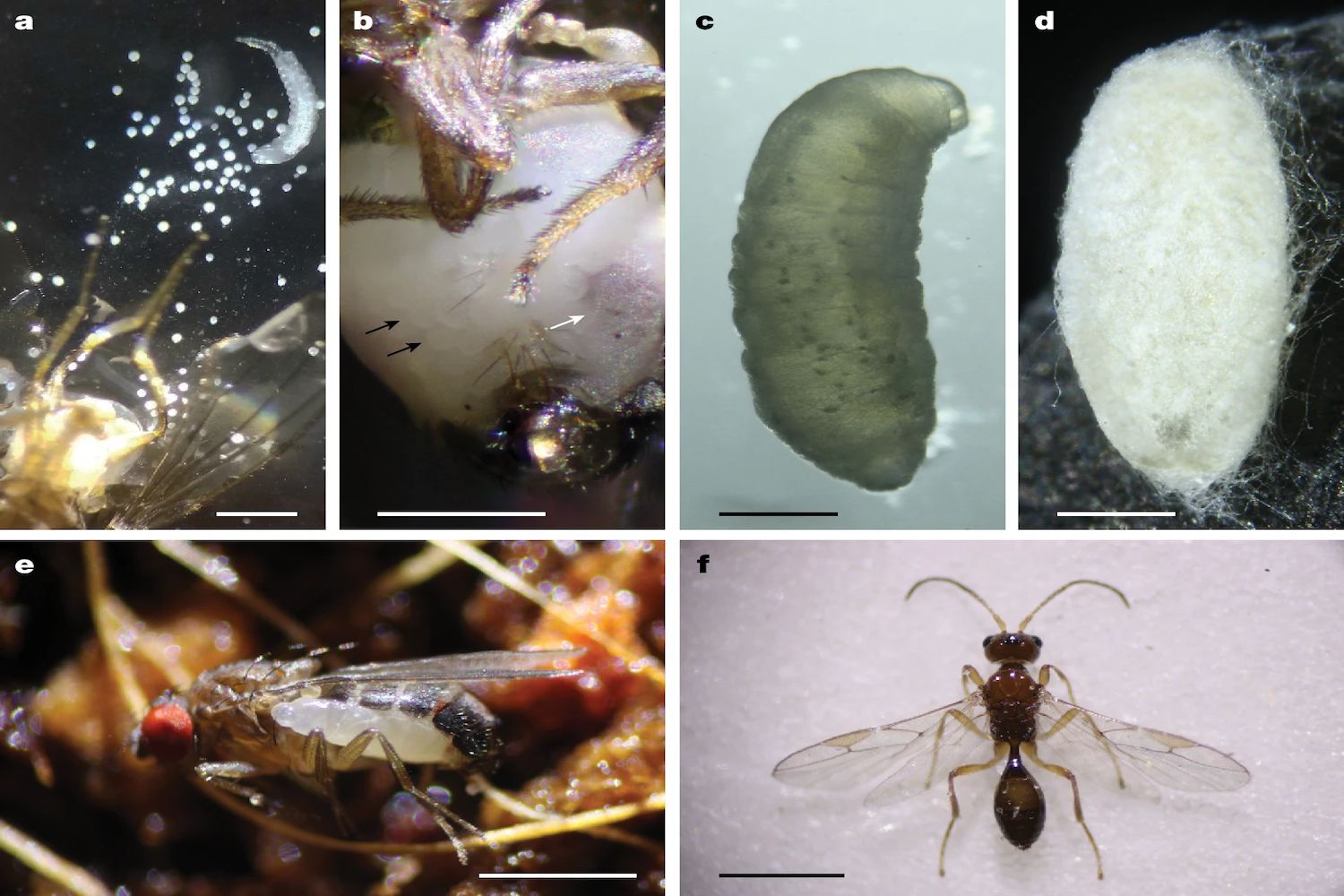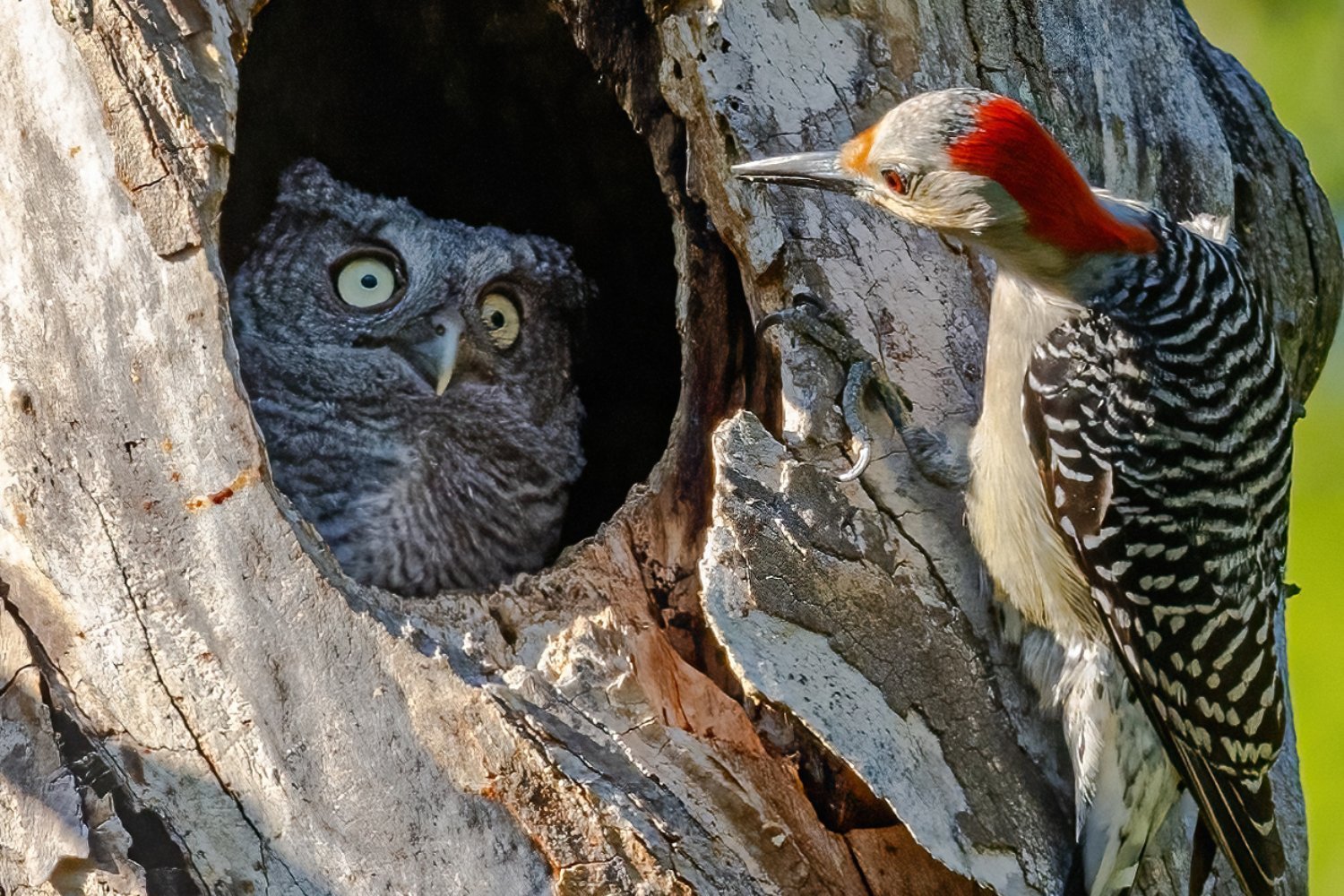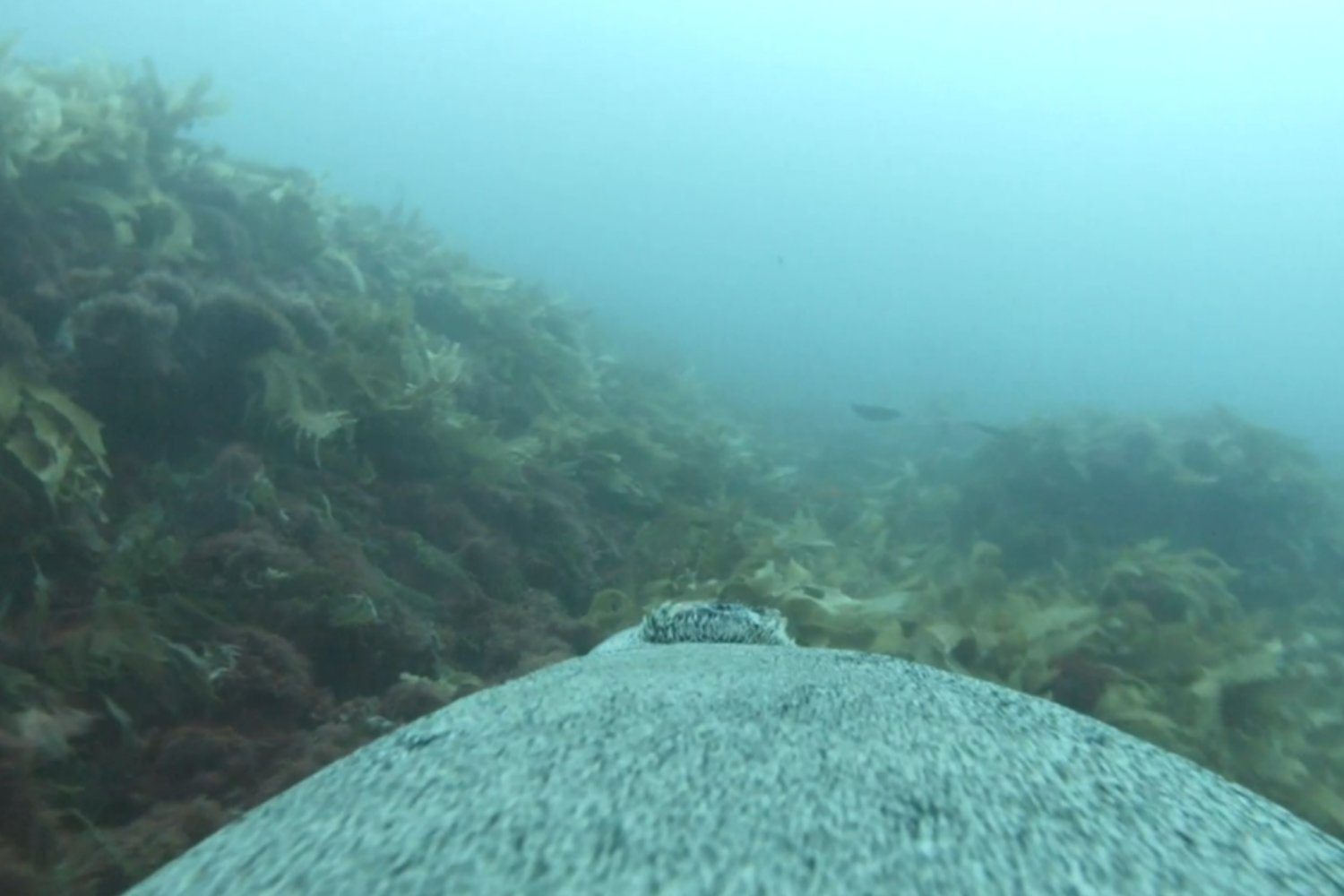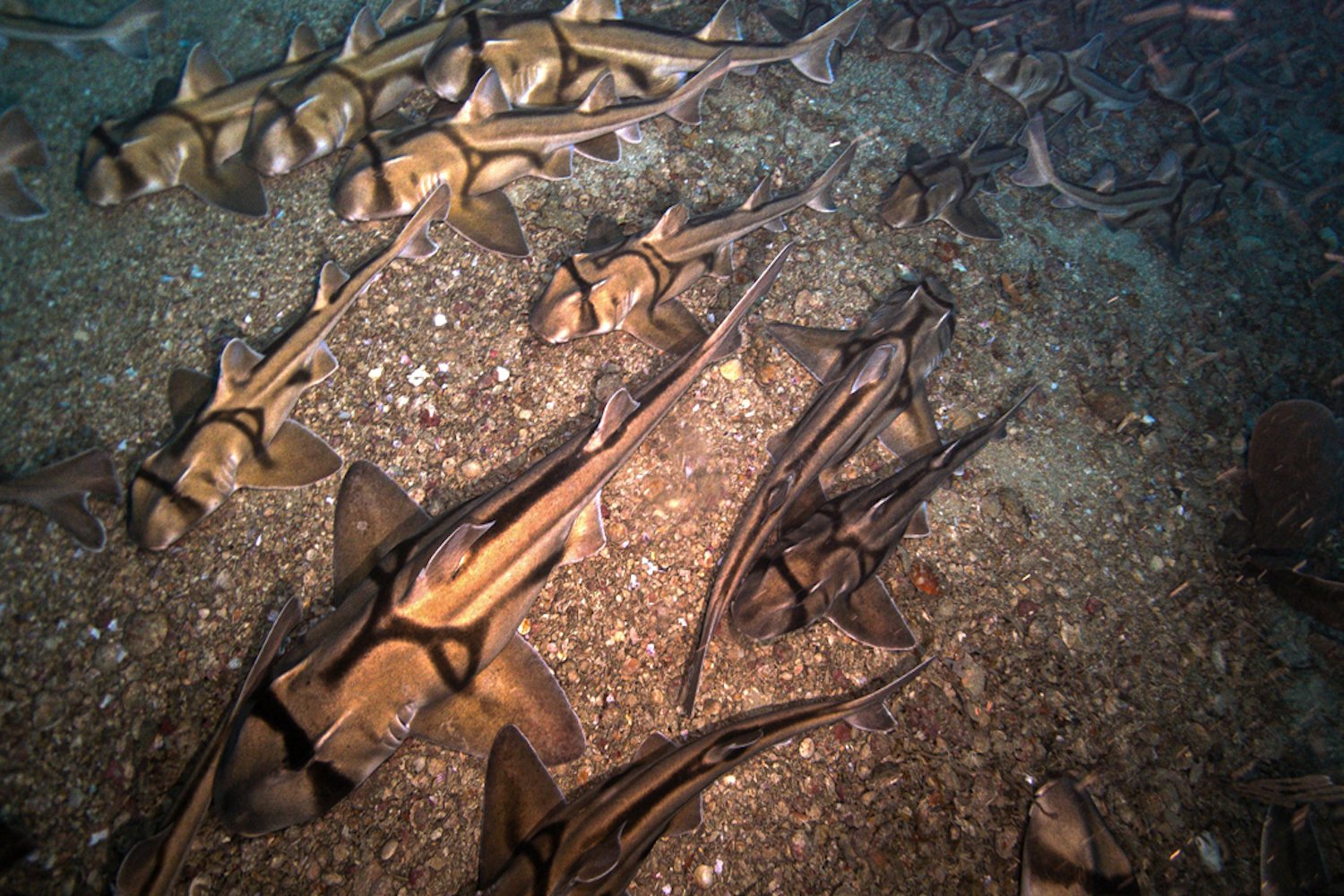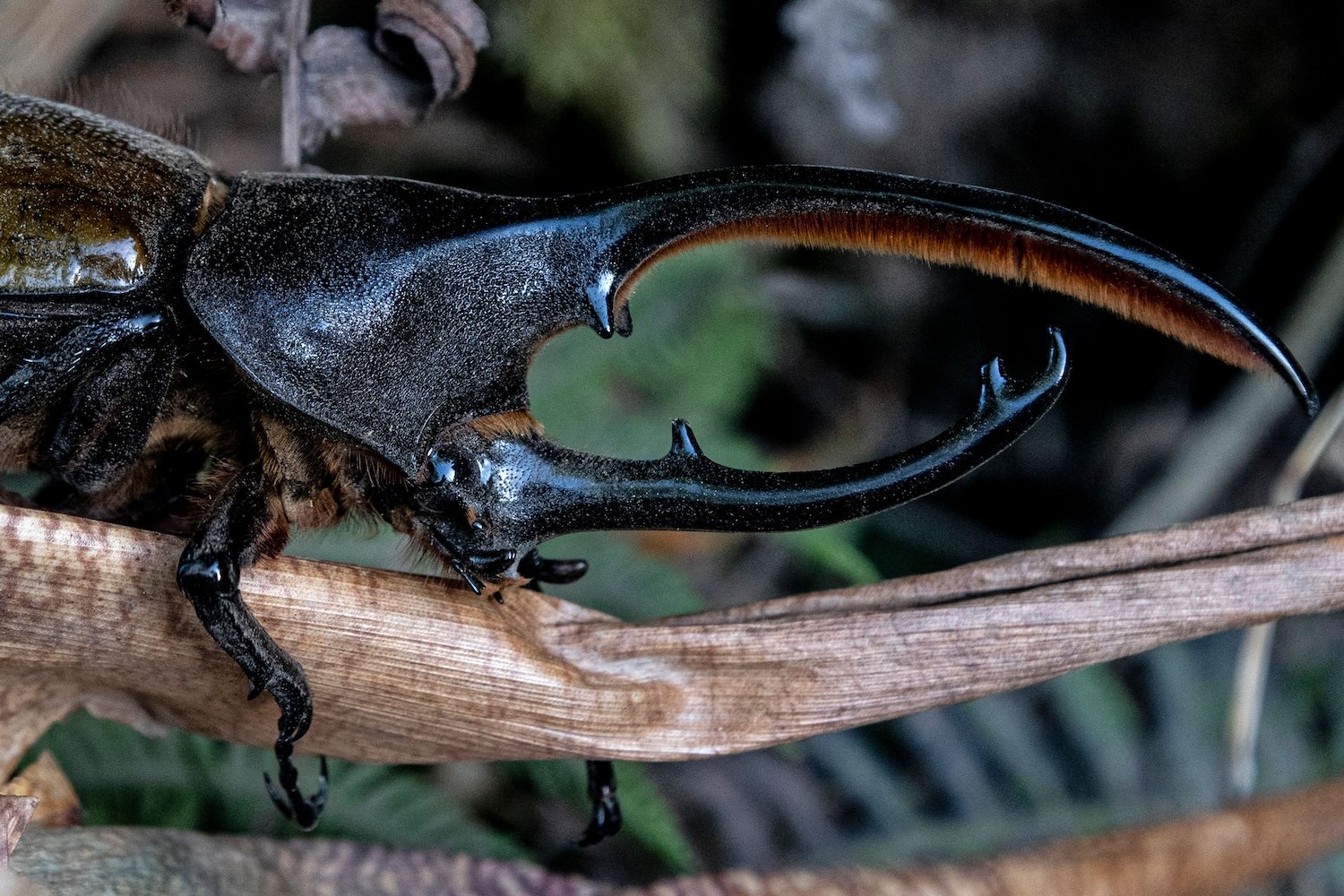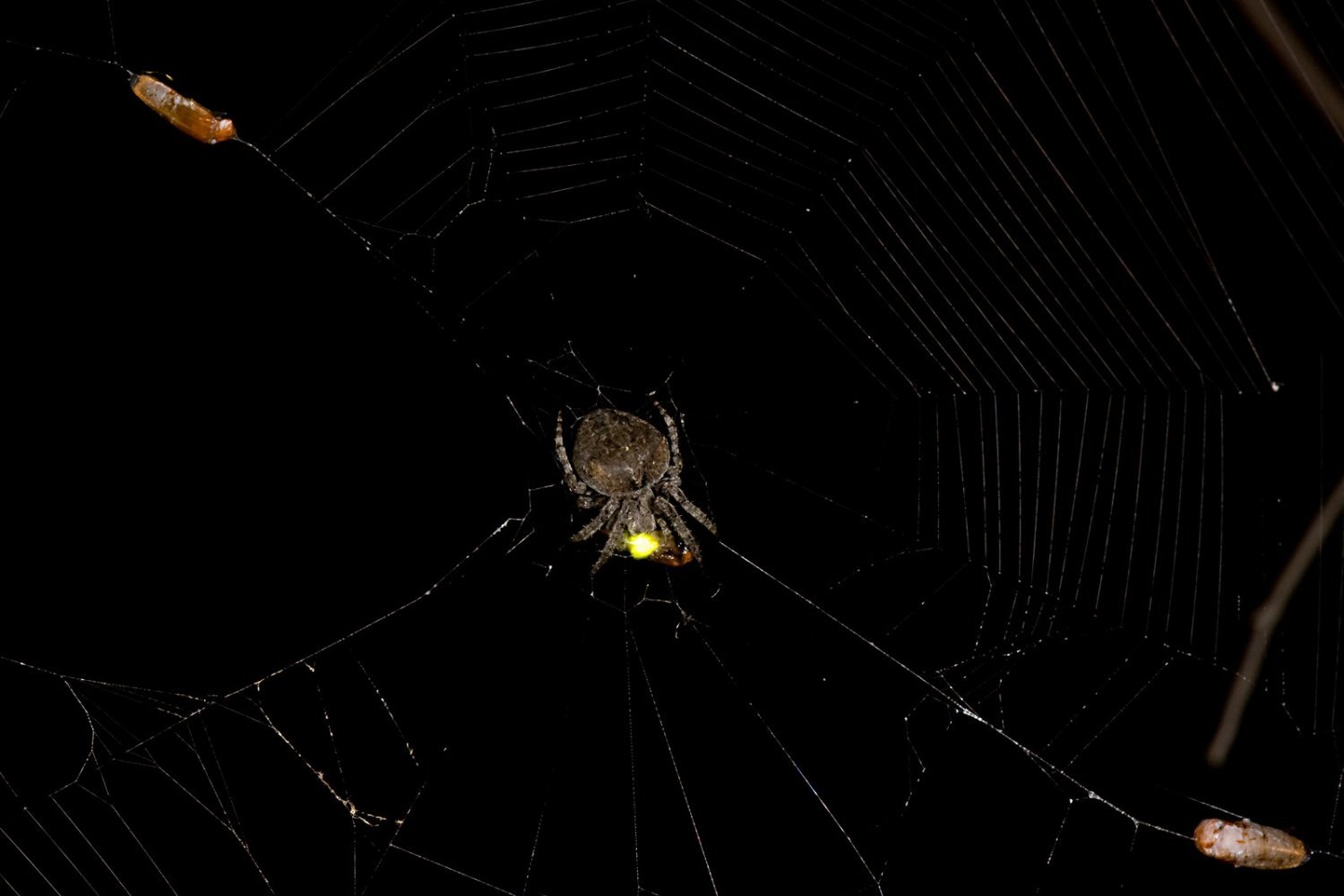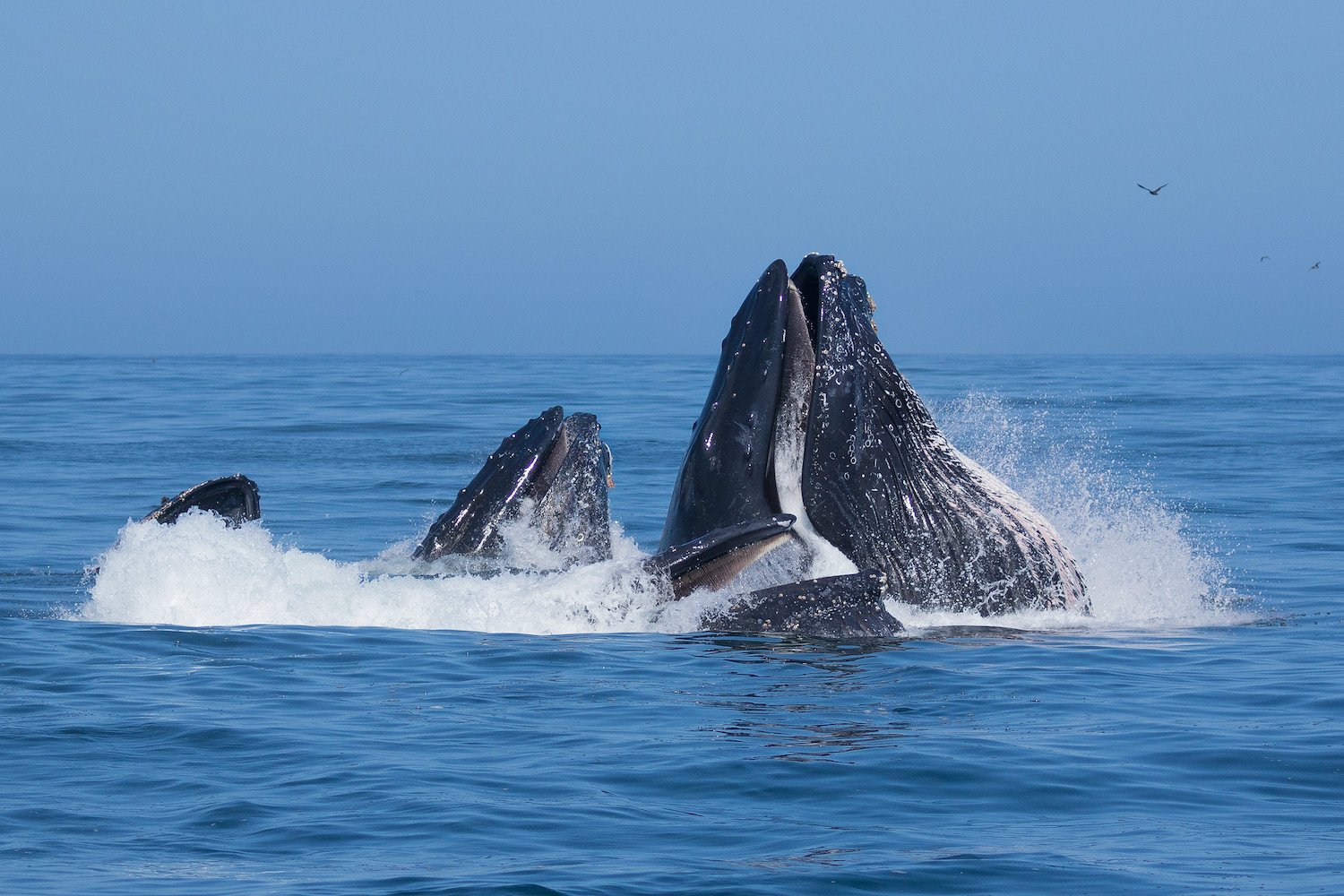A startling discovery has been made in the world of entomology: a new wasp species that parasitizes adult flies, a phenomenon previously unknown to science. This discovery, made by a PhD candidate at Mississippi State University, unveils a hidden horror story playing out in the insect world.
Previously, all known parasitoid wasps targeting flies attacked them in their immature larval or pupal stages. However, Logan Moore, while studying fruit flies for nematode infections, stumbled upon a wasp larva within an adult male fruit fly. This unexpected finding prompted a shift in his research focus.
Moore, along with colleagues, collected over 6,000 fly samples across Mississippi, Alabama, and North Carolina. Their findings revealed that roughly 1% of male fruit flies were infected with the wasp larvae, while only one female fly out of 477 exhibited the same infection.
A Hidden Horror Story
The newly discovered wasp species belongs to the Syntretus genus and has been named Syntretus perlmani, in honor of renowned fly researcher Steve Perlman. The wasp’s lifecycle is truly disturbing. Within 7 to 18 days of the egg being laid, the larva grows large enough to visibly distend the fly’s abdomen, even obscuring the male fly’s testes.
The study, published in Nature, highlights the unique nature of this parasitism. “Despite 200 years of research on parasitoid wasps of Drosophila and other flies, we have never come across a species that attacks the adult stage, until now,” said Matthew Ballinger, associate professor at Mississippi State University and Moore’s research advisor.
A Widespread Phenomenon?
Analysis of the wasp’s mitochondrial genome against existing genetic databases suggests a wider distribution than the initial sample locations. Matches were found in Georgia, Virginia, Pennsylvania, and Illinois, raising questions about the true extent of S. perlmani‘s range. Currently, there’s no evidence of its presence outside the U.S.
Why Adult Flies?
Several theories attempt to explain why this form of parasitism is so rare. Adult flies are significantly more mobile than larvae, presenting a challenge for the wasp. The adult fly’s thicker exoskeleton also presents a barrier for egg-laying. Finally, adult flies are better equipped to defend themselves.
A World of Parasitoid Wasps
This discovery underscores the complex and often gruesome relationships in the insect world. Parasitoid wasps utilize a variety of hosts, employing diverse strategies. For example, the Dinocampus coccinellae wasp manipulates lady beetles into becoming zombie-like guardians for their larvae. Other species target butterflies, and some even parasitize other parasitic wasps.
Conclusion
The discovery of S. perlmani reveals a previously unknown ecological interaction and highlights how much remains to be discovered about the intricate world of insects. This finding opens up new avenues for research into parasitoid wasp behavior and evolution. Furthermore, it reminds us of the hidden dramas unfolding in the natural world, often right under our noses.



